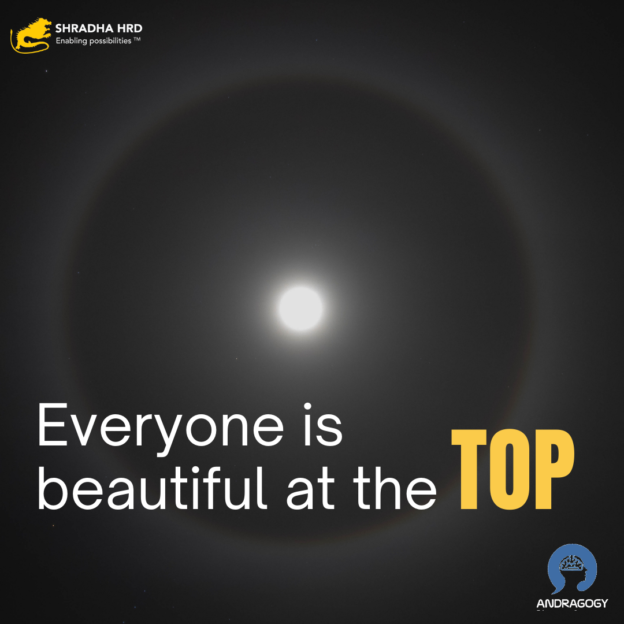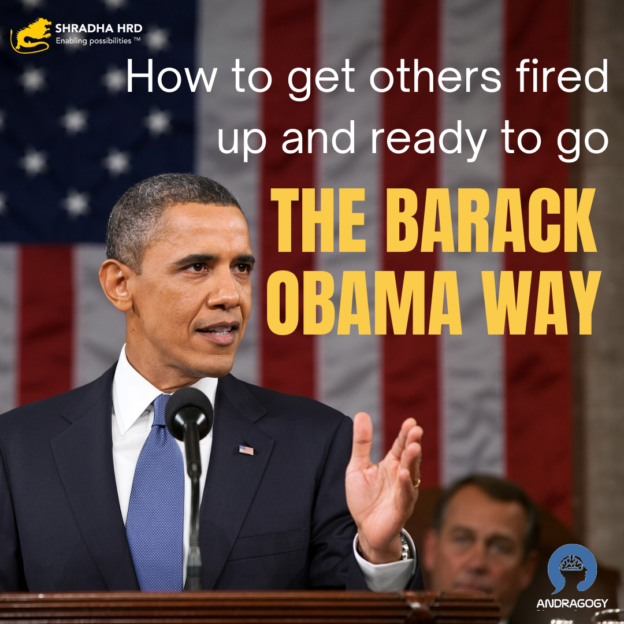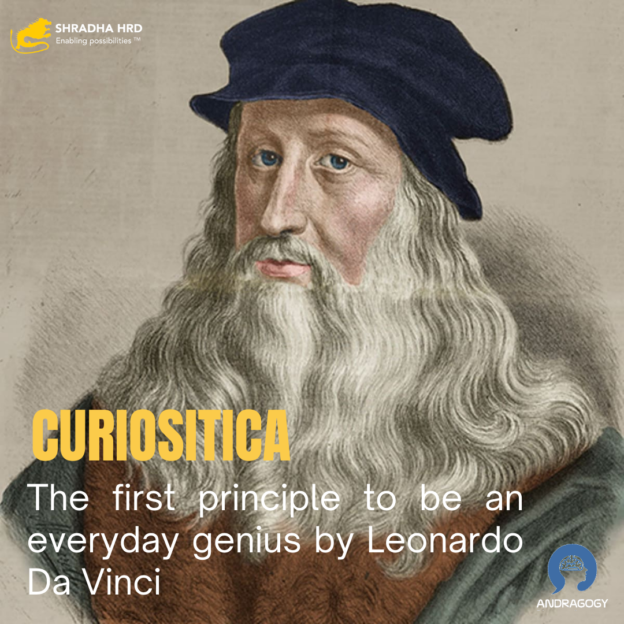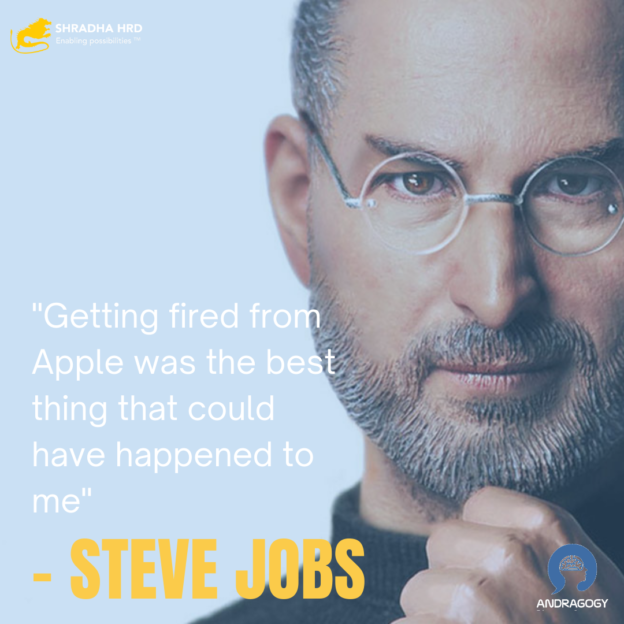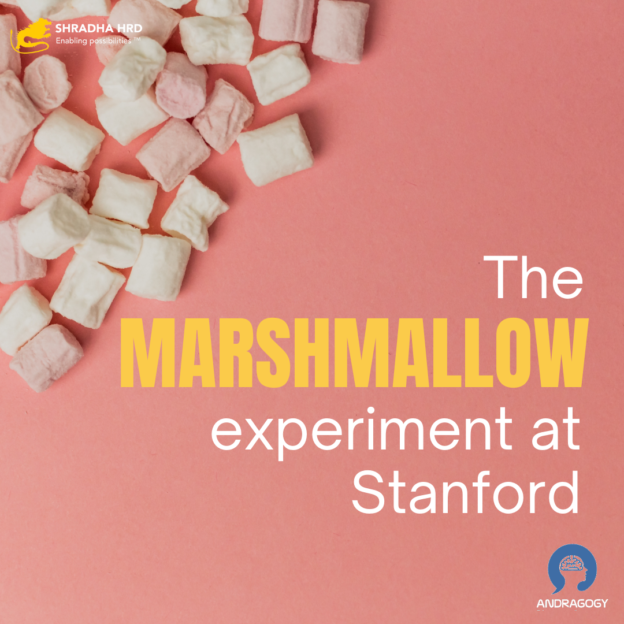
40 Years of #StanfordResearch Found That People with This One Quality Are More Likely to #Succeed. In the 1960s, a Stanford professor named Walter Mischel conducted the #MarshmallowExperiment.
Children (aged 4-9) were left in a room with 1 Marshmallow. The instructions given:
If you wait for 15 minutes, you will receive 2 Marshmallows. The researcher left the children alone in the room for 15 minutes.
Some children waited for 15 minutes to receive the 2 Marshmallows, some did not.
The #interesting part of the study came several years later The researchers conducted follow up studies for over 40 years and tracked each child’s #progress
The #results showed that the children who were willing to delay gratification and waited to receive the second marshmallow ended up with
1. Higher academic scores
2.Lower levels of substance abuse
3.Lesser marriages ending in divorce
4.Better responses to stress
5.More job stability and higher career trajectories
6.Generally better scores in a range of other life measures
Important question to ask:
1.Are we able to resist the first Marshmallow and reap the rewards of delayed gratification?
2.Do we have the patience to stay the course for the grand prize?
3.Are we resilient to the pressures of instant gratification that will often tempt us?

